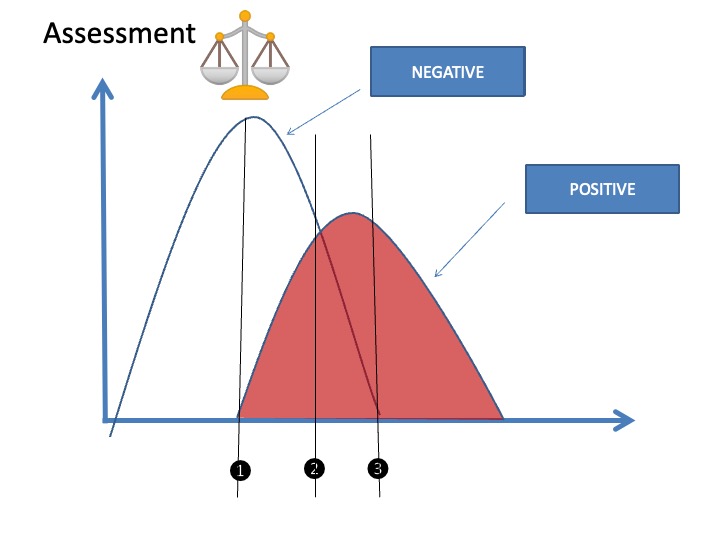Social Work Shorts (Episode 25): Insights #8

In the latest episode of the Social Work Podcast Insights series Stephen and George talk about risk in light of the murder of Arthur and the media response to the Social Work Profession.
Here is the podcast – click this link
We acknowledge this is a difficult topic and that there may be a range of views. It would be good to have a discussion over on our Discord
Server which you can link to at this link Social Works Shorts brings you Social Work UK on Discord
You will need to download the app and/or create an account
Below are show notes. You need to listen to the podcast and use these notes in conjunction with each other.
Risky terms
Risk – the probability of a FUTURE event.
Uncertainty – future events that cannot be assigned a probability.
Now – if it’s happening ‘now’ there is no Risk it is happening 100%
Likelihood – the probability of a past event occurring in a specific way – i.e The likelihood of the father causing the injury (in the past)
Irreducible uncertainty/risk – the element in any assessment that cannot be captured despite endless time and infinite resources. (Stephen Webb)
Hardboiled social work
Assuming your instinct and practice experience are enough , with absence of best evidence and professional theory etc.
The Chart
In the chart the curves can be thought of as the group of all children who don’t need a social worker and those that do (in red)
Since life is complex and messy no test could ever separate these groups totally , even when there is a scientific /clinical test we cannot e.g CoviD-19. So, in a test based on opinion and judgement this zone of ambiguity will likely be much higher. In setting our thresholds we only have the following choices –
a – reduce the number of children we miss (false negatives) to as low as possible. This increases the number of unneeded interventions.
b – reduce the number of children we remove or assess but don’t need to (false positives) this would increase the number of children who will suffer harm as they have missed social work intervention (false negatives)
c – attempt to reduce the red area – for example Leeds Councils model of early help that has reduced Looked After Children numbers. This reduces the whole red section i.e. both false positive and false negatives. #Landscape shift.
The numbers on the chart
1 – this point in the chart is where False positives are very high as we set the threshold very low for intervention removal.
2 – is a mid way point with a proportion of false positives and false negatives , but also true negative and positives
3 – is where we only remove or become involved with children who need Social Work involvement and no children that don’t. Highly specific, however we miss some children who need Social Work (false negatives)
Example Airports want their security to be highly sensitive. They want to double check every shampoo bottle or phone battery is not a bomb for example. So they set the test level to be low when scanning bags thus incurring a lot of unneeded checks.
How many children is it worth removing (that don’t need to be) to prevent another tragic death? A very challenging ethical question


